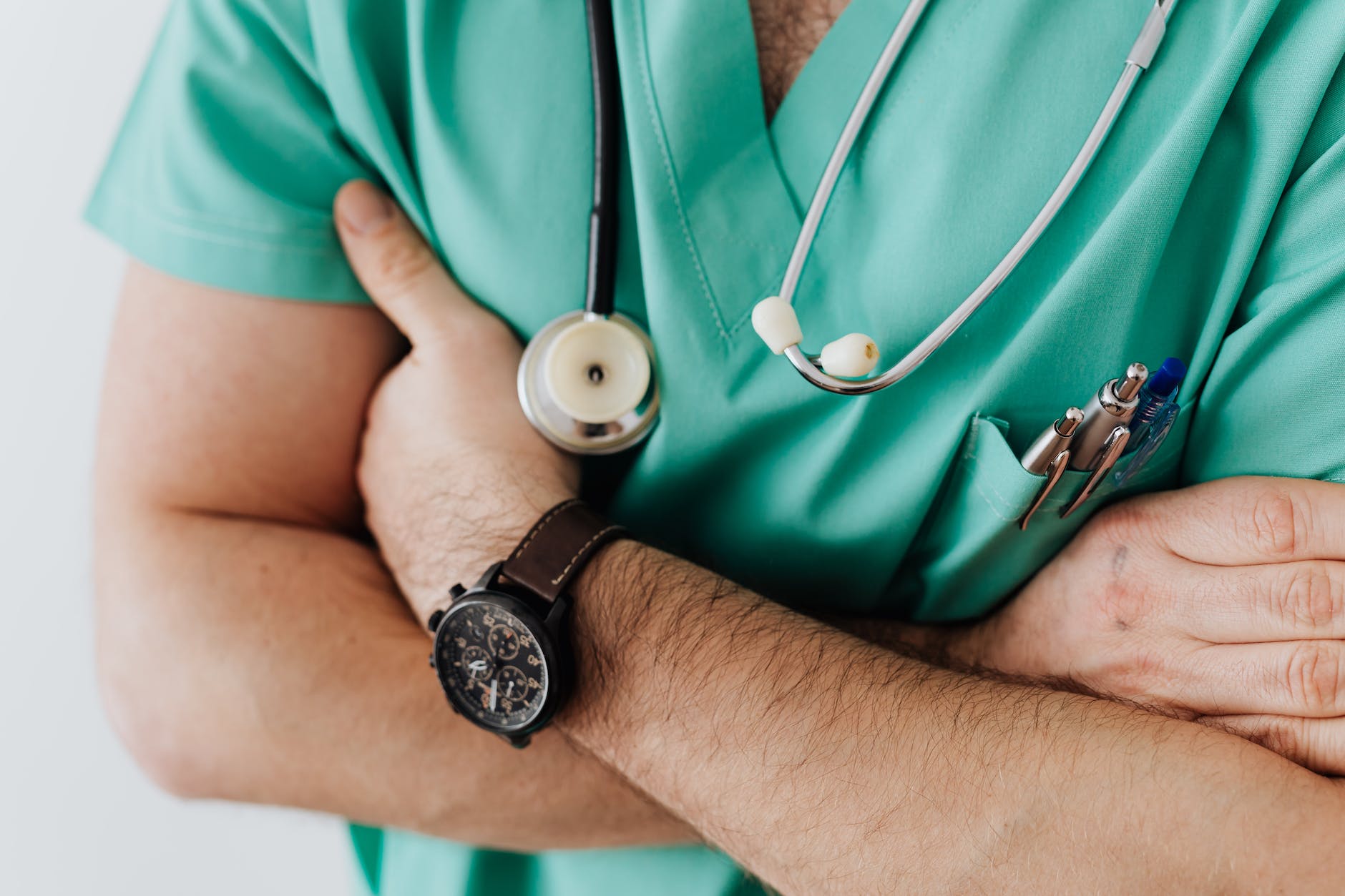
Protective Equipment (PPE) in Hospitals
Medical professionals around the world are in agreement that they must prioritize their own safety if they are to continue providing excellent care. Wearing the appropriate and high-quality Personal Protection Equipment (PPE) is an essential element of this when working in a healthcare setting.
While each patient’s unique circumstances will dictate the medical PPE product a doctor or nurse needs to use, there is a standard set of PPE items that should always be on hand. This article explains common types of PPE utilized in healthcare facilities.
Gloves
Healthcare practitioners utilize medical gloves, often single-use or disposable gloves, for administering treatment or providing care. To name a few, examination gloves (sterile or non-sterile), sterile surgical gloves with specific attributes such as thickness, flexibility, and strength, and chemotherapy gloves.
Gloves are worn to keep healthcare professionals free of blood and other body fluids. Additionally, they are also needed when contact precautions are necessary to prevent the spread of infection to other people and objects, such as when caring for a patient in a hospital.
Face Masks
A surgical mask’s primary function is to prevent the spread of infectious respiratory diseases and to shield sterile equipment and supplies from contamination. A face mask’s principal function is to protect one’s face from dust, pollen, and liquid droplets in the air. Examples include surgical masks and respirators, including N95 masks. Respirators filter out microscopic particles and offer more protection than surgical masks, which are designed to protect against large droplets and splashes.
Eye Wear
Eye protection gear consists of face shields, goggles, and other eyewear. They defend the mucosal membranes in your eyes against blood and other biological fluids that could potentially irritate them. In the event that these liquids come into touch with the eyes, the germs contained within the fluids have the potential to enter the body via the mucous membranes.
Moreover, these may provide protection against infectious droplets that are transmitted through the air. For instance, eye protection is essential for procedures that may cause splashes, sprays, or aerosols, like intubation and suctioning, because these may contain infectious pathogens that can enter the body through the eyes.
However, if there is no risk of exposure to infectious agents or hazardous materials, doctors may not need to wear eye protection at all times when delivering routine patient care. When the risk of exposure is low, healthcare practitioners may not need to wear any PPE at all.
PPE Footwear
The operating room is a hotspot for infections and diseases. Because of the increased danger of exposure to potentially infectious materials during surgery, many doctors wear waterproof boots as routine equipment.
For emergency workers, the standards are even higher, and steel-toed shoes are highly recommended. They must be malleable, water resistant, and have a precise fit. Cold and punctures are two additional dangers that they should be able to avoid. The bottoms of the boots must have adequate traction to prevent sliding down hills.
For additional protection, shoe covers are a good idea since it helps keep the space clean by preventing dirt and germs from being tracked in, and it also keeps the user clean if they slip and fall.
Surgical Caps
Scrub caps, or surgical hats, are headwear specifically created for doctors to wear in operating rooms to keep germs out of the sterile environment. Even hair that has been freshly cleaned and appears clean might harbor many microorganisms. The surgical cap helps to reduce the likelihood of a patient’s hair entering the sterile region while they are under anesthesia.
Surgical caps are often constructed from fabrics that are not only lightweight but also breathable, and they are intended to fit tightly over the skull. In addition to this, they could feature ties or elastic bands to hold them in place.
Surgical Gowns
Surgical gowns are at the top of the list regarding patient safety. Sterile surgical gowns serve an important role in limiting the transmission of infection by keeping dangerous bacteria and chemicals from passing from the patient to the surgical crew and the air in the operating room.
Because bacteria can persist on or in human skin even after intensive sanitary and surgical cleaning procedures, medical workers must wear surgical gowns and other protective garments at all times. Aside from keeping pathogens from entering surgical incisions, the treatment team must be shielded from the patient’s blood, urine, saline, and any chemicals that may be used.
When there is a medium to high danger of contamination, surgical isolation gowns are employed. Larger critical zones are required for surgical isolation gowns than regular ones. Except for the bindings, cuffs, and hems, all sections of the surgical isolation gown are considered important zones of protection and must have the maximum liquid barrier protection level for the gown. The seams must also be safeguarded, for choose isolation gowns? you can view the different types of gowns here.
Final Word
PPE is critical in preventing healthcare workers from catching diseases and being exposed to hazardous substances while on the job. Each item of personal protective equipment (PPE), from gloves and gowns to face masks and respirators, is meant to do something different to safeguard the health and safety of those working in the healthcare industry. In certain medical procedures, healthcare professionals may be exposed to scattered radiation. The use of thyroid shield not only protects patients but also helps minimize the occupational radiation exposure of medical personnel who are in close proximity to the radiation source.
It is critical that healthcare providers understand how to use and dispose of PPE correctly and that hospitals provide the appropriate training and resources to ensure that this occurs. By emphasizing the use of PPE, healthcare practitioners can lower the risk of disease transmission and promote the community’s health as a whole.






